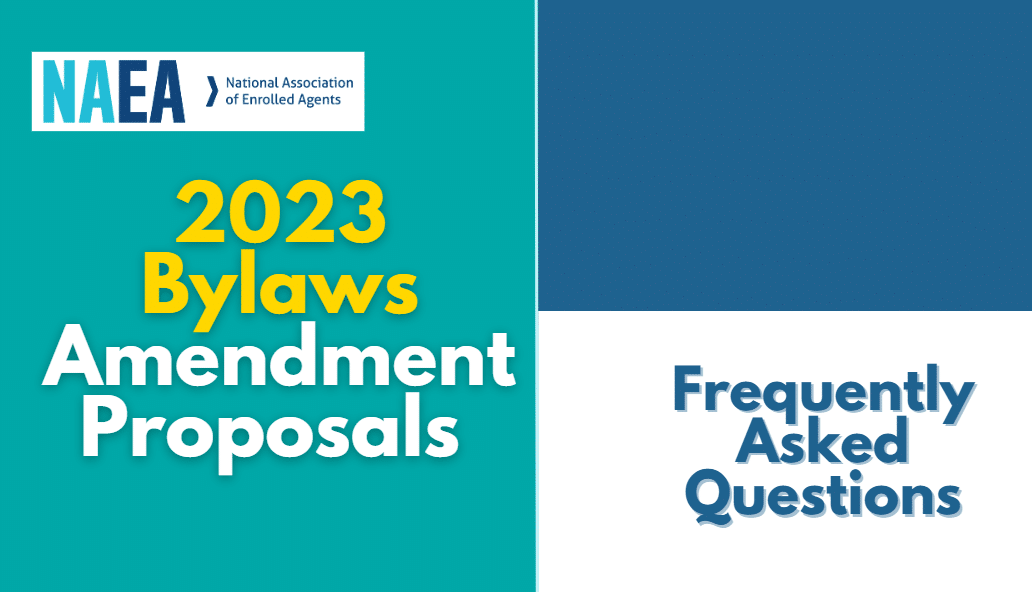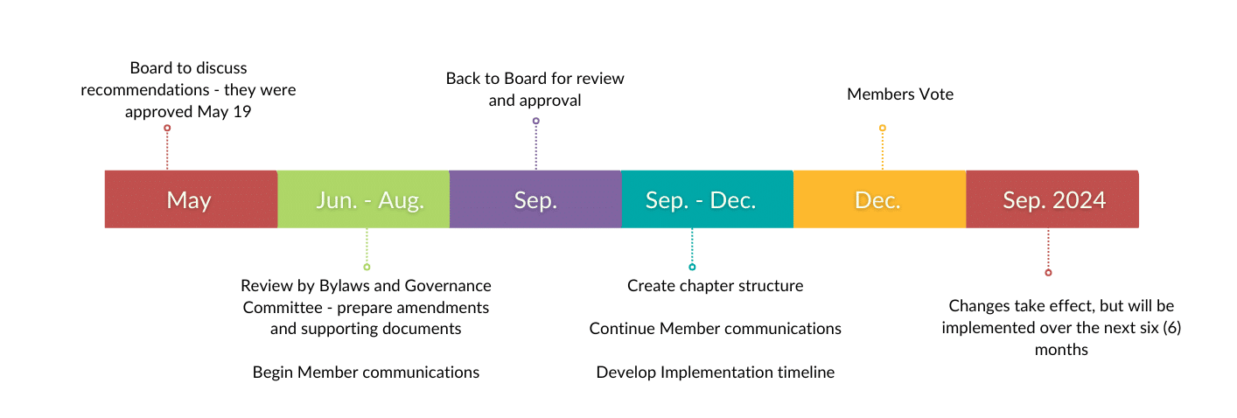Frequently Asked Questions
Will there be any continuing education requirements for NAEA members?
NAEA members who are active enrolled agents will still have to meet the IRS continuing education requirements. They will still be required to get 72 hours of CE every three years, with a minimum of 16 hours per year, and two credits of ethics each year.
We strive to create an NAEA structure such that all members receive more services, more efficiently, and with more engagement than the current structure can deliver. After years of declining membership, NAEA’s Board of Directors created the Component Structure Task Force in 2022 to:
- Identify if there are structural or governance issues contributing to membership losses.
- Evaluate NAEA’s membership requirements to identify potential barriers to entry and membership retention risks.
- Explore and recommend potential governance models to encourage membership growth and improve member service and engagement on all levels, as well as provide a sustainable model for long-term growth.
- Find ways to serve members in unaffiliated states or foreign countries.
The Task Force has identified these barriers to entry and retention risks:
- The annual 30-hour CE requirement to maintain NAEA membership.
- The dual membership requirement between NAEA and the state affiliates.
- The inconsistencies in member service and engagement at the state and local levels.
What recommendations were presented to the board?
- The elimination of the annual 30-hour CE requirement.
- Removing the dual NAEA/state membership requirement.
- A three-pronged approach to a structural change to address the various needs of all affiliated and unaffiliated members:
- Support independent affiliates.
- Establish NAEA chapters.
- Create special interest or geographic groups (SIG) as new communities of NAEA.
At the May 19, 2023 meeting, the board voted to send these proposed amendments to the bylaws and governance committee. These amendments were approved to be sent to the members at the Sept. 22, 2023 Board of Directors meeting.






